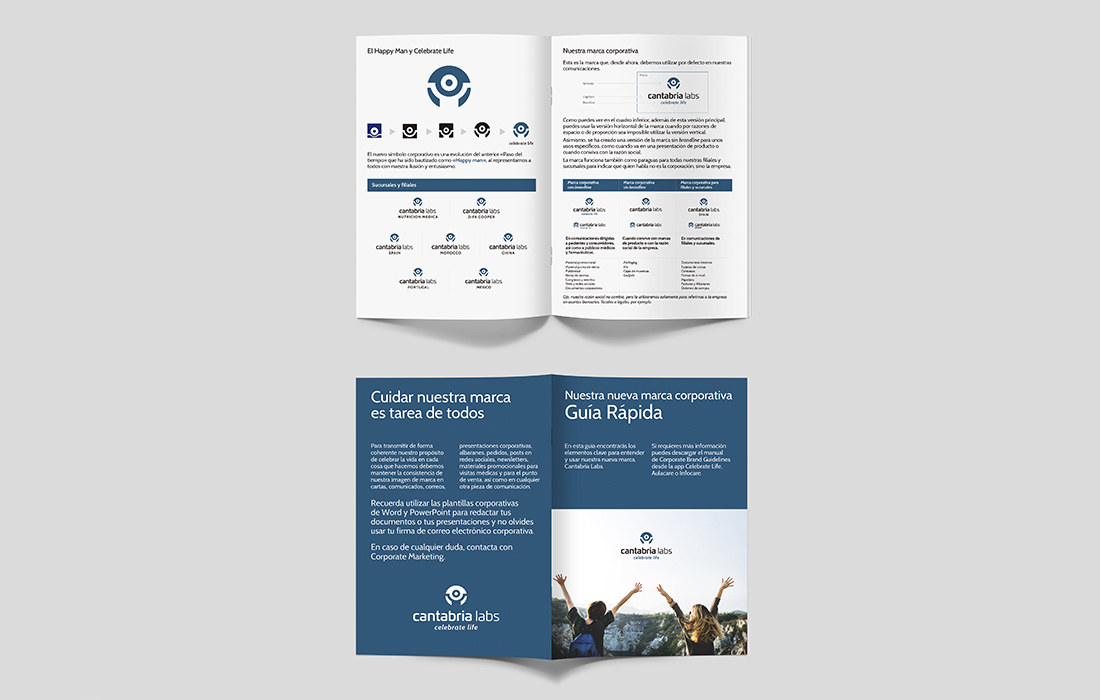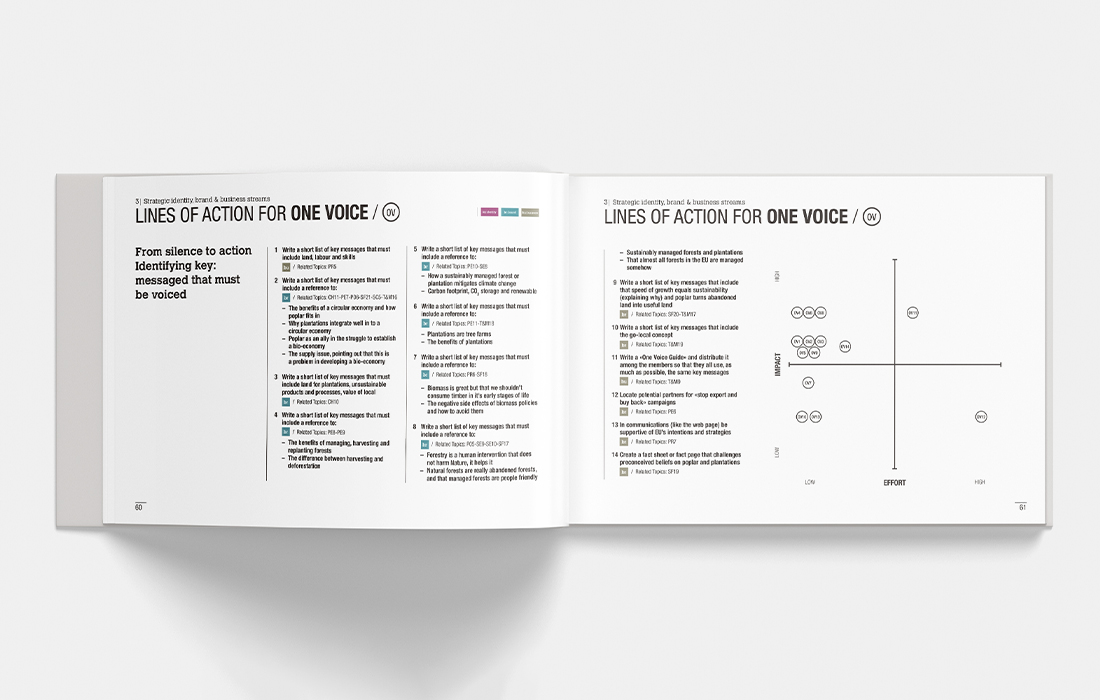
21 Jan Keys to create a good content strategy
Francesca Cordido, Corporate Communications Strategist, 21st January 2022
Keys to create a good content strategy
Content is the key to the conversation that the brand establishes with its target audiences, and it is also the key to conversion. A content marketing strategy requires analysis, work, an adequate segmentation of the target audiences, empathy with the user as well as remembering that the purpose of these actions’ is to create free value for the consumer.
Forced by technological evolution and an overall situation where the digital and analogue worlds merge, organizations, whatever their nature, have also become (without knowing it –or understanding it in many cases) into publishers that distribute content periodically through its digital assets: web, blog, social networks, newsletters, e-mailings, etc.
The objective is to seduce, captivate and convince an elusive consumer, empowered by technology, and saturated with information. To achieve it, content is the tool through which a conversation is established with consumers to trigger action, that is, conversion. (In marketing terms, conversion is the moment when a user performs the action –or one of the actions– set as a goal when defining the strategy).
However, creating good content is not easy and, regardless of the formats and channels used, there are some steps that we cannot forget. They are essential steps when planning and creating engaging content that will lead to conversation and, if we do it right, to conversion.
- Do content analysis. You have to do it on a daily basis to determine which content is successful and which is not. There is no point in generating great content that nobody consumes.
- Think more about quality than quantity. Good content adds value to consumers and connects with their needs. This is how the conversation is established. It is not easy to generate good content, it requires analysis, research and time. A little and good is better than a lot and mediocre.
- Aim accurately. For it to bear fruit, the content must be planted in the right soil. The segmentation of audiences and the creation of buyer personas are very useful in the creation of content aimed at specific user groups.
In addition, when creating content and publishing it, it is important that it be:
- Interactive. Interactive content not only makes the user interested, but also connects with the brand and its message.
- Easy to share. One of the keys to success is to go viral. Short content, easy to consume and share, generate more interaction.
- Personalized. Tailored content is key to a fruitful conversation with the user. Organizations must know their consumers to offer them relevant content that connects the purpose of the organization with their individual values.
- Useful. It is very easy to be tempted to use the brand’s blog to try to sell products or services. Content marketing tries to help and support the user through useful content, so slogans or promotional speeches are out of place.
It is necessary to take all these aspects into account when creating branded content or content marketing strategies which, incidentally, involve much more than writing articles, or creating witty or emotional videos or posts. It is not just about generating content. A complete strategy consists of four phases, the generation of traffic; the generation of leads; lead nurturing, and, finally, the generation of clients.
It is not possible to skip any of these points, nor to speed up the processes. Content is a long-term strategy that helps the brand to build trust among its current and potential customers, to position itself as an “authority” within its sector, to improve its SEO positioning, and, ultimately, to win customers and generate sales.
To do this, consistency and coherence between the purpose of the brand, its communication strategies –including branded content and content marketing– and its actions are essential. Users/clients/consumers are watchful and do not hesitate to punish those companies that are not able to act in accordance with their words.

























